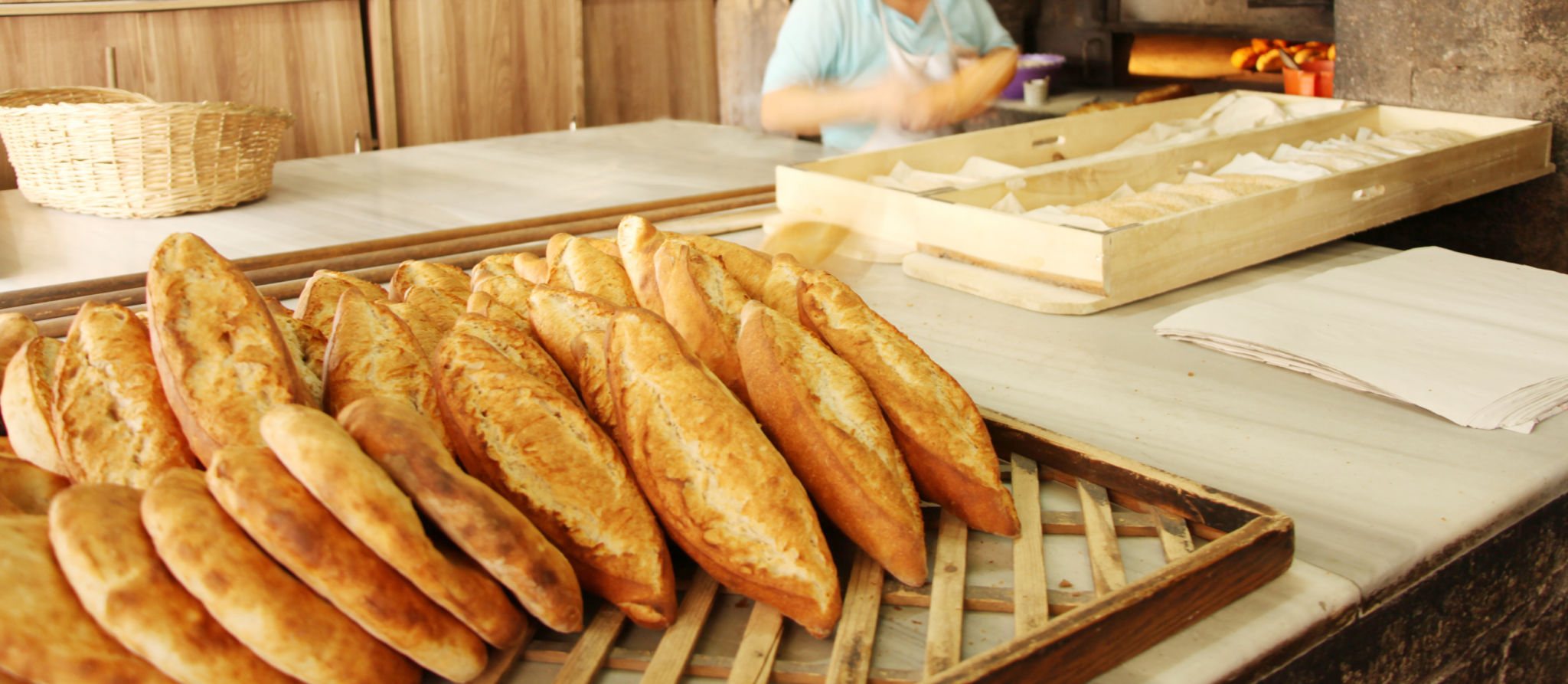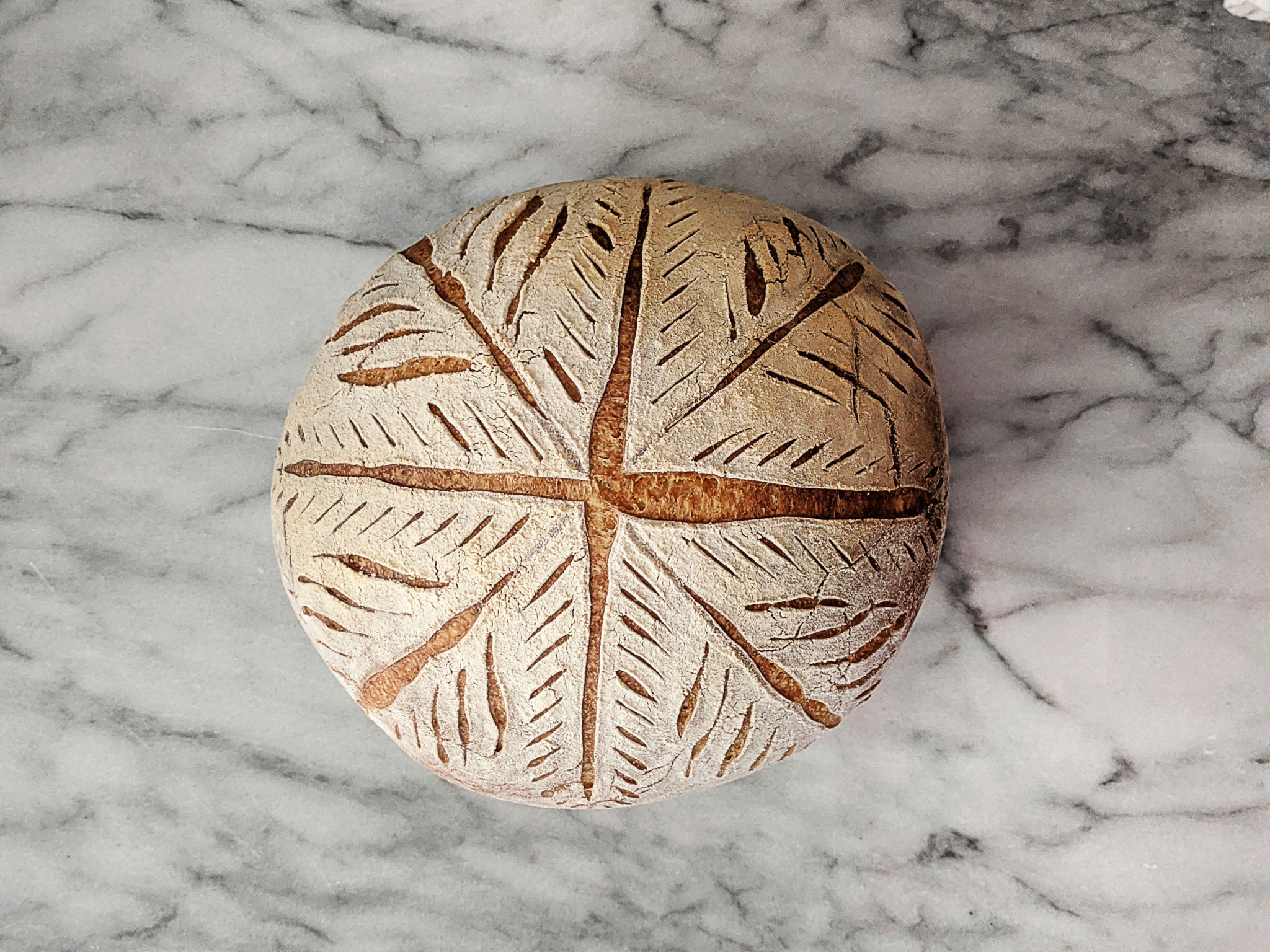The Journey of a Loaf: Understanding the Craftsmanship Behind Each Artisan Bread
Introduction to Artisan Bread
Artisan bread has experienced a renaissance in recent years, captivating the taste buds of food enthusiasts across the globe. Unlike mass-produced loaves, artisan bread is crafted with precision, passion, and a deep understanding of traditional baking techniques. This blog post will take you on a journey through the intricate craftsmanship that goes into each loaf, celebrating the artistry behind this timeless staple.

The Ingredients: Simplicity Meets Quality
At the heart of every artisan bread is a simple yet high-quality ingredient list. Flour, water, salt, and yeast are the foundational components. However, what sets artisan bread apart is the selection of these ingredients. Bakers often choose locally sourced and organic products to ensure the utmost quality and flavor. This emphasis on ingredient quality forms the backbone of the rich taste and texture that artisan bread is celebrated for.
The flour used is typically stone-ground, which retains more nutrients compared to commercially milled flour. Water quality is also crucial, as it affects the fermentation process, while sea salt is often preferred for its purity and flavor-enhancing properties. Yeast, whether natural or commercial, plays a vital role in creating the bread's unique character.
The Technique: Mastery in Every Step
The art of crafting an artisan loaf involves mastering several essential techniques. It starts with mixing and kneading, where the ingredients are carefully combined to develop gluten, giving the bread its structure. The kneading process requires skill to achieve the right balance between elasticity and strength.

Following kneading, fermentation takes center stage. During this period, the dough is left to rise, allowing yeast to work its magic. This process can take anywhere from a few hours to overnight, depending on the desired flavor profile. The slow fermentation enhances the bread's taste and aroma, creating complex flavors that are the hallmark of artisan bread.
Shaping and Scoring: Crafting the Perfect Loaf
Once fermentation is complete, the dough is gently shaped into its final form. This step requires a delicate touch to ensure the dough's structure is maintained. Shaping not only determines the loaf's appearance but also affects how it will rise during baking.
Scoring is an art in itself. Bakers use sharp blades to make precise cuts on the dough's surface. These cuts allow steam to escape during baking and give each loaf its signature look. The patterns can range from simple slashes to intricate designs, showcasing the baker’s creativity.

Baking: Bringing the Loaf to Life
The final step in the journey of an artisan loaf is baking. The dough is placed in a preheated oven, often on a stone or in a Dutch oven to replicate traditional baking environments. The initial burst of heat causes the dough to expand rapidly, known as "oven spring," resulting in a light and airy crumb.
During baking, Maillard reaction occurs, where proteins and sugars in the dough caramelize, forming a beautifully golden crust with complex flavors. The aroma that fills the kitchen during this process is nothing short of enchanting.
The Final Product: A Celebration of Craftsmanship
Once cooled, an artisan loaf is ready to be savored. The crackling crust and soft interior are testament to the baker's skill and dedication. Each bite offers a symphony of textures and flavors that make artisan bread a true culinary experience.

The journey of a loaf from raw ingredients to a beautifully baked bread is a testament to the craftsmanship and passion of artisan bakers. It's this dedication that transforms simple ingredients into something extraordinary, reminding us of the timeless beauty of traditional baking methods.